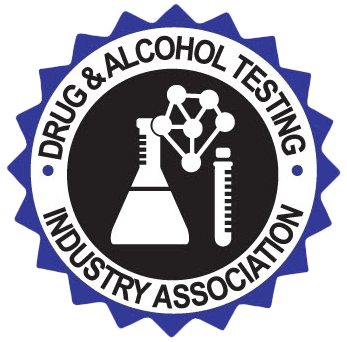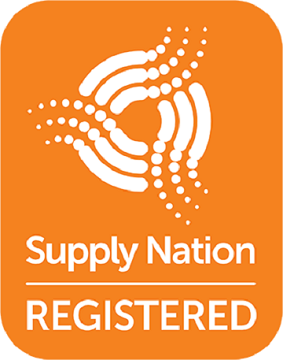
What is Heroin?
Heroin, a potent and highly addictive opioid, has been a subject of concern for public health officials and communities worldwide. Heroin, scientifically known as diacetylmorphine, is a synthetic opioid drug derived from morphine. It is synthesized from the seed pod of certain types of poppy plants. Heroin is typically sold as a white or brownish powder, and it can also come in a sticky black substance known as black tar heroin. It is classified as a Class A Drug in Australia, indicating a high potential for abuse and no currently accepted medical use.
What are the effects/side effects?
Methamphetamine’s effects are intense and often lead to a false sense of energy and well-being, followed by a devastating crash. The drug affects the user’s psychological and physical health, causing a range of immediate and long-term consequences.
Short-term effects include:
Euphoria: Heroin use induces intense feelings of euphoria and relaxation.
Pain Relief: It acts as a powerful painkiller, suppressing physical and emotional pain.
Sedation: Users often experience a deep sense of tranquillity and drowsiness.
Other side effects include:
Nausea and Vomiting: Heroin can cause severe nausea and vomiting, especially in new users.
Respiratory Depression: One of the most dangerous side effects, heroin can slow down breathing to a dangerous level, sometimes leading to overdose and death.
Constipation: Users often experience significant gastrointestinal issues.
Mental Impairment: Cognitive functions, decision-making, and judgment are impaired.
Dependency: Heroin is highly addictive, leading to physical and psychological dependence.
How does it appear?
Identifying heroin use can be challenging, as individuals may exhibit varying signs and symptoms. However, some common physical and behavioural indicators include:
Physical Symptoms:
Constricted Pupils: Heroin often causes pupils to become very small.
Drowsiness: Individuals using heroin may appear extremely tired or even nodding off.
Slurred Speech: Speech may be slow and unclear.
Itchy Skin: Many users experience intense itching, often resulting in scratched or damaged skin.
Behavioural Changes:
Impaired Judgement: Heroin can result in poor decision-making, leading to risky behaviours.
Isolation: Users may withdraw from social activities and responsibilities.
Euphoria: Users may display an unexplained sense of happiness and relaxation.
Disorientation: Confusion and disorientation can be evident.
Can you test for it?
The presence of heroin can be tested using several methods.
Hair Testing: Heroin can be detected in hair for an extended period usually 90 days – 12 months making it useful for long-term drug use monitoring.
Urine Testing: Urine tests are the most common method for detecting recent heroin use. They can detect the drug for approximately 2-7 days after use.
Saliva Testing: This method can detect heroin for a short period usually a few hours to 2 days.
Blood Testing: Blood tests can detect heroin for a shorter duration usually a few hours to 2 days.
Heroin is a powerful and dangerous drug with significant physical and psychological effects. Recognizing the signs of heroin use is crucial for early intervention and treatment. Testing for heroin presence can be done through various methods, depending on the detection window required. Education, prevention, and access to addiction treatment are vital in combating the devastating impact of heroin on individuals and communities.
Impact in the Workplace
The side effects of heroin can negatively impact an individual’s health as well as affecting other aspects of their life. Substantial evidence suggests a significant association between drug and alcohol abuse (DOA) and increased workplace absenteeism. Roche, Pidd, and Kostadinov (2016) reported an annual loss of approximately 2.5 million workdays due to DOA-related absenteeism, resulting in a substantial financial deficit of $680 million. To address this issue workplaces are encouraged to establish comprehensive DOA policies. Brassets Group are committed to partnering with clients to develop and implement robust and efficient Drug and Alcohol Management strategies including the implementation of the aforementioned testing methods.
Reference:
Roche, A., Pidd, K. and Kostadinov, V. (2016), Alcohol- and drug-related absenteeism: a costly problem. Australian and New Zealand Journal of Public Health, 40: 236-238. https://doi.org/10.1111/1753-6405.12414











